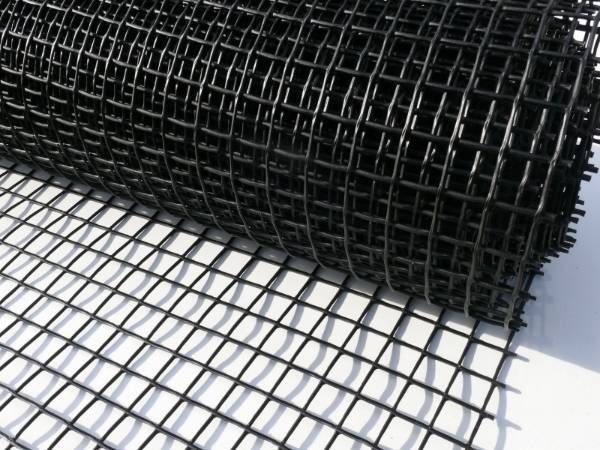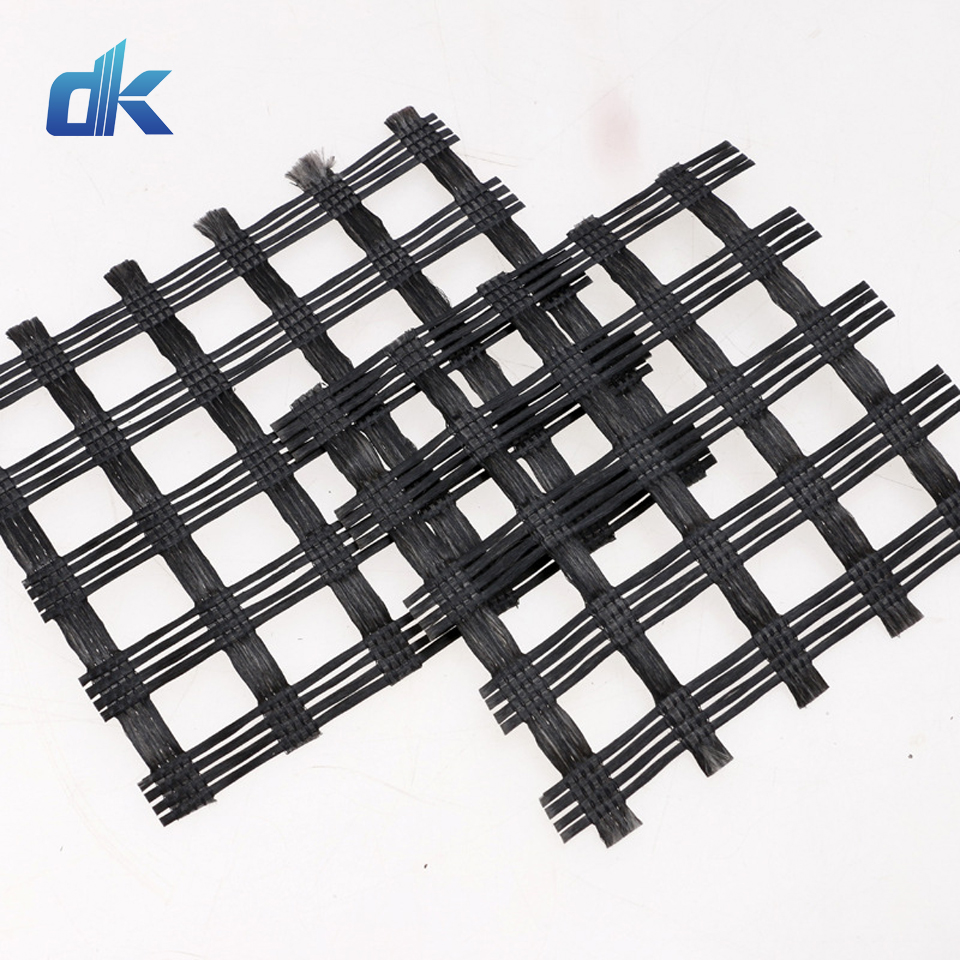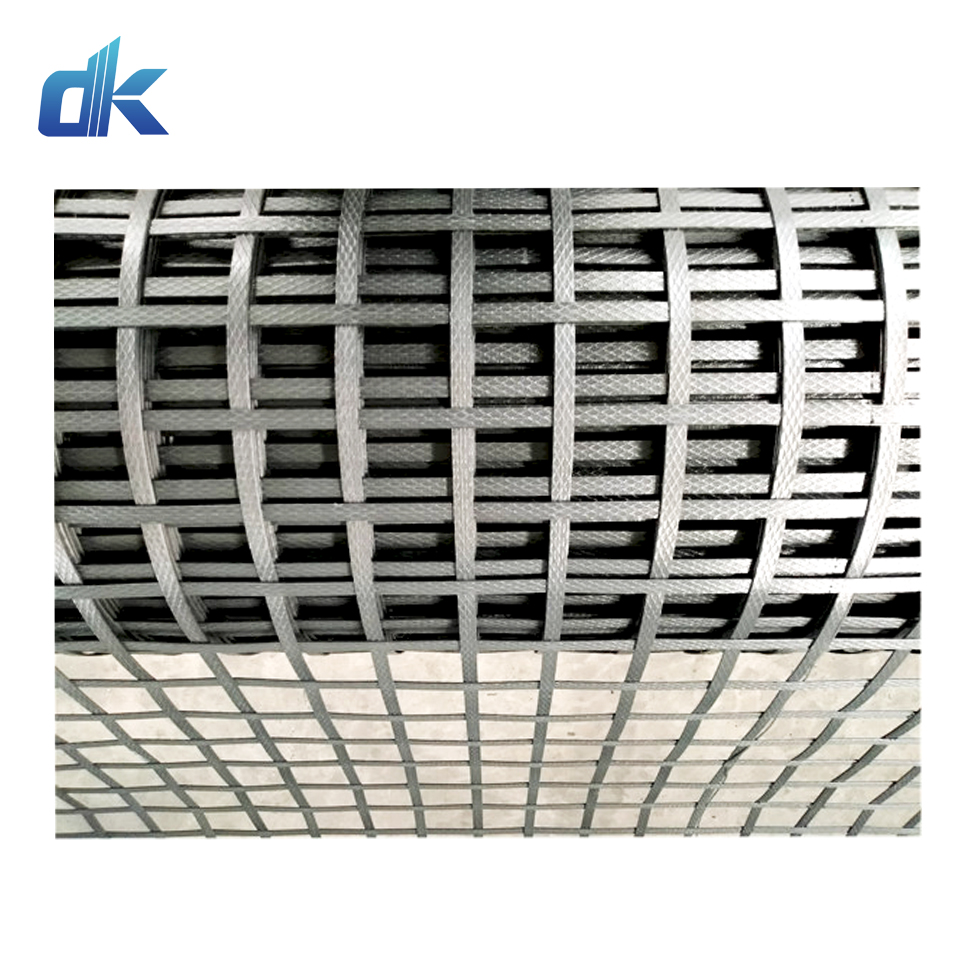Geogrid is a main geosynthetic material, compared with other geosynthetics, it has unique performance and efficacy. It is often used as reinforcement for reinforced soil structures or reinforcement for composite materials.
Geogrids are divided into four categories: plastic geogrids, steel-plastic geogrids, glass fiber geogrids and polyester warp-knitted polyester geogrids. The grid is a two-dimensional grid or a three-dimensional grid screen with a certain height made of polypropylene, polyvinyl chloride and other polymers through thermoplastic or molded. When used as a civil engineering, it is called geogrid.

Features
It has high strength, low creep, and adapts to various environmental soils, which can fully meet the use of tall retaining walls in high-grade highways.
It can effectively improve the interlocking and occlusion of the reinforced bearing surface, greatly enhance the bearing capacity of the foundation, effectively restrain the lateral displacement of the soil, and enhance the stability of the foundation.
Compared with the traditional grid, it has the characteristics of high strength, strong bearing capacity, corrosion resistance, anti-aging, large friction coefficient, uniform holes, convenient construction and long service life.
It is more suitable for deep-sea operations and embankment reinforcement, and fundamentally solves the technical problems of low strength, poor corrosion resistance, and short service life caused by long-term seawater erosion of gabions made of other materials.
It can effectively avoid the construction damage caused by being crushed and damaged by machines and tools during the construction process.


Geogrid Application
Geogrid is suitable for reinforcement of various embankments and subgrades, slope protection, and reinforcement of cave walls. Reinforcement of permanent load-carrying foundations in large airports, parking lots, wharf yards, etc.
Geogrid is used to increase the bearing capacity of road (ground) foundation and prolong the service life of road (ground) foundation.
Geogrid is used to prevent the road (ground) surface from subsidence or cracks, and keep the ground beautiful and tidy.
Geogrid is used for convenient construction, saving time and effort, shortening the construction period and reducing maintenance costs.
Geogrids are used to prevent cracks in culverts.
Geogrids are used to enhance soil slopes and prevent soil erosion.
Geogrid is used to reduce the thickness of the cushion and save the cost.
The geogrid is used to support the stable green environment of the grass planting mesh pad on the slope.
Geogrid can effectively block the transmission of seismic force, and plays an important role in enhancing the seismic stiffness, strength and stability of embankments.
